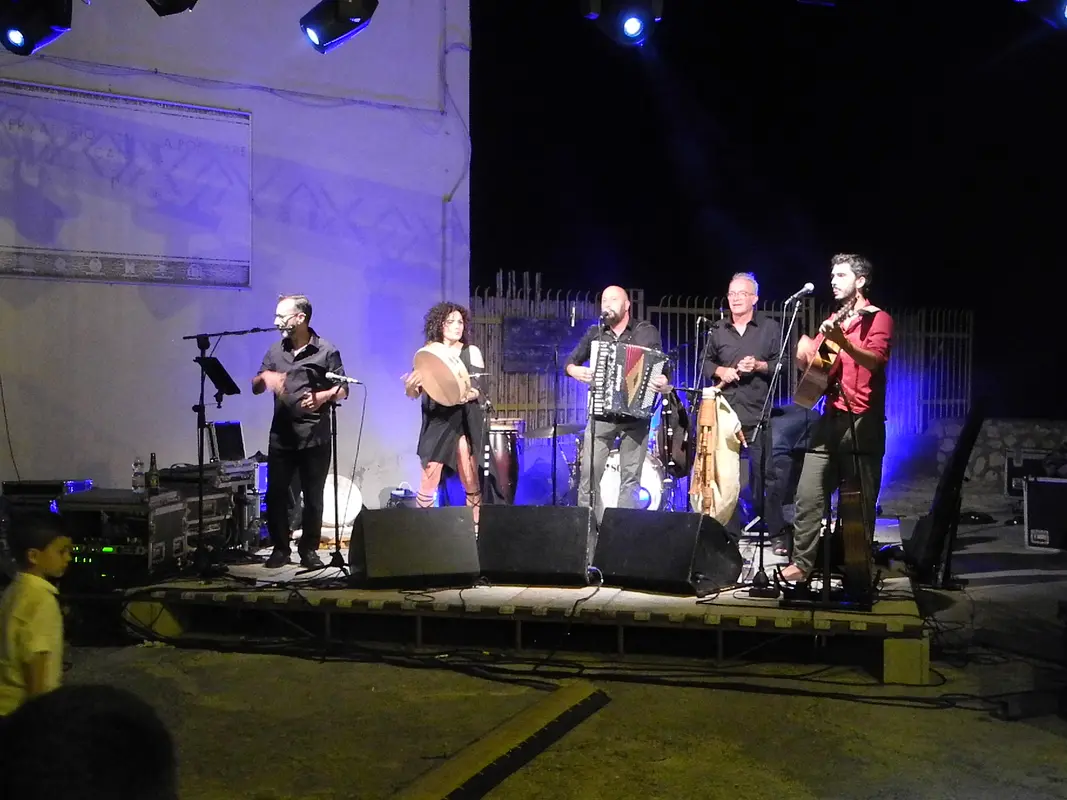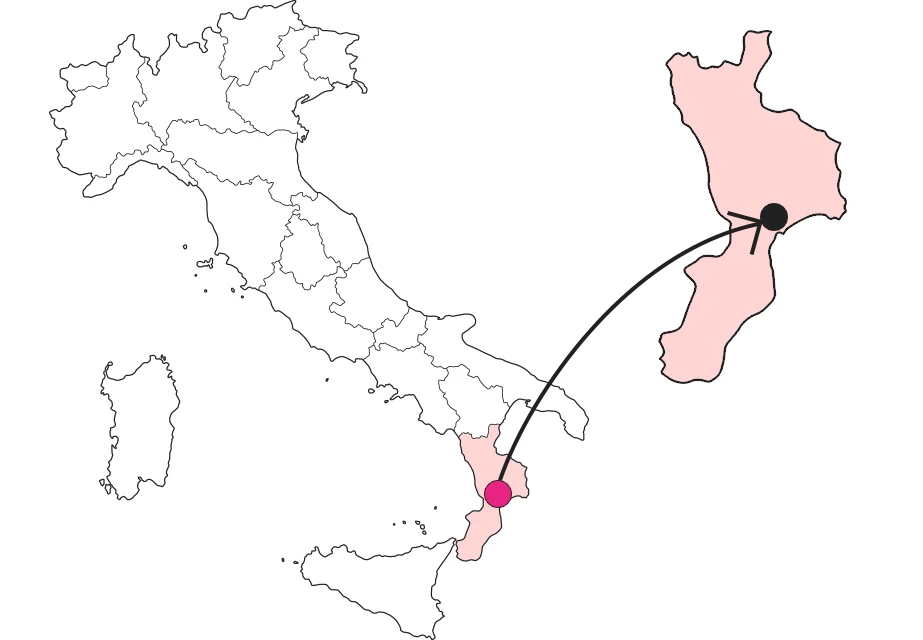SHARRYLAND


The Singing Tree
A folk music event that expands from Calabria to other Mediterranean cultures


Where

A festival of local music and culture
The Singing Tree is a musical event held in the village of Isca every year in early August. The protagonist of the festival is the vibrant musical culture of Calabria, in its traditional as well asavant-garde forms, in a roundabout way that is nevertheless also open to other musical cultures of the Mediterranean. One of the most characteristic aspects of the event is the use of traditional local instruments, such as the diatonic accordion, the chitarra battente, the lyre and lirone, the tambourine...
Not only music, the catoi calendar
As a stage, the festival borrows the most evocative places in the historic center, the squares and streets for music, while certain semi-basement domestic environments - cellars, workshops, oil mills, ovens - are adapted for side events, brought together under the dialect name of catoi (from the Greek κατά, down). As if suspended in time, small museums of themselves, they offer authentic glimpses of the country that once was.
Culture, performances, crafts, street food...
During the days of the festival, musical events are complemented by moments of culture and entertainment, and a wide range of gastronomic offerings, especially street food, in the spirit of the event, always marked by the enhancement of Calabrian tradition. Thus, concerts by folk artists are joined by lectures and art exhibitions, traveling shows by jugglers, stilt walkers and puppeteers, markets and local craft workshops, and food stands with regional specialties.
La muttetta, song of the Calabrian storytellers
One of the most characteristic musical genres of the Calabrian tradition is the muttetta, a folk composition mostly in two voices, what is elsewhere called stornello, rhythmic rhythm and simple rhymes, of immediate appeal to the listener. For subject, the stories and vicissitudes of life, whether oflove or even crime. As accompaniment, mostly the guitar or mandolin, but sometimes also theorganetto or castanets.
Enter the Map of Italy's Undiscovered Wonders and find treasures where you least expect it... Inspire, Recommend, Share...
Collections
The Map thanks:
PSC 2014-2020 del Ministero del turismo - Avviso “Montagna Italia” - Progetto le Montagne del sole - Codice CUP J38J22000450008


